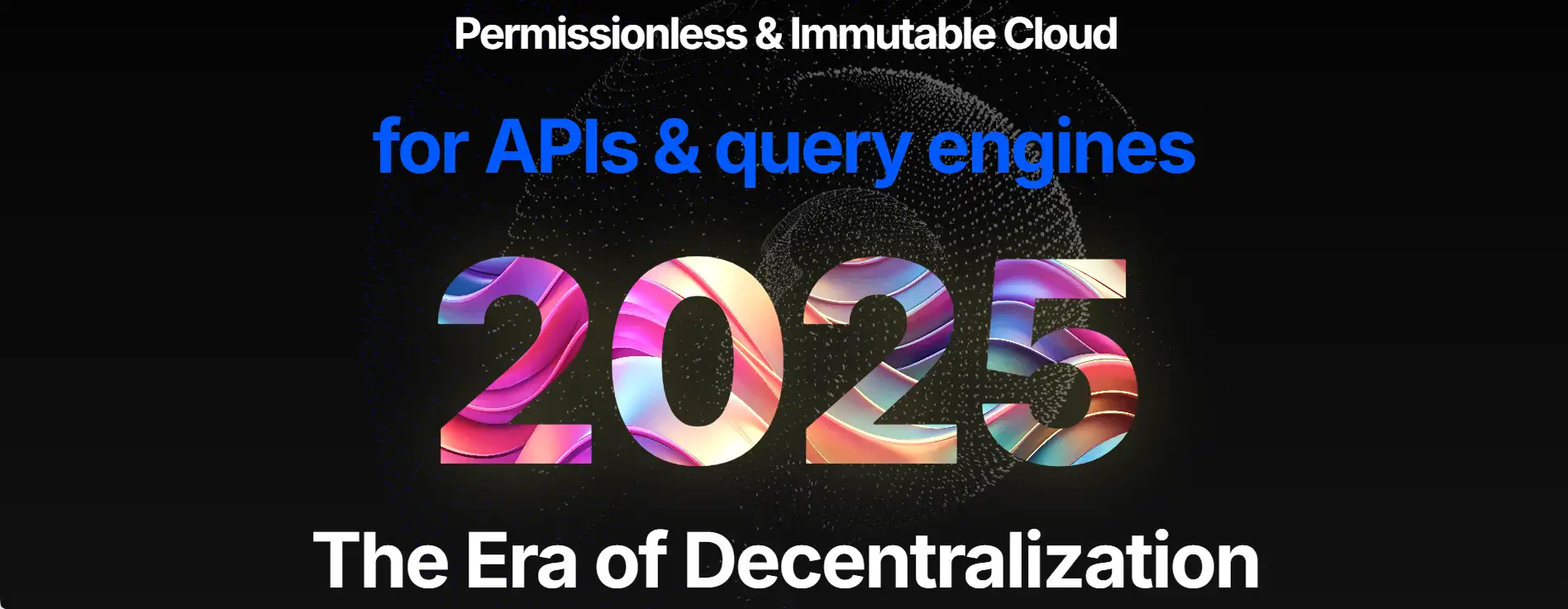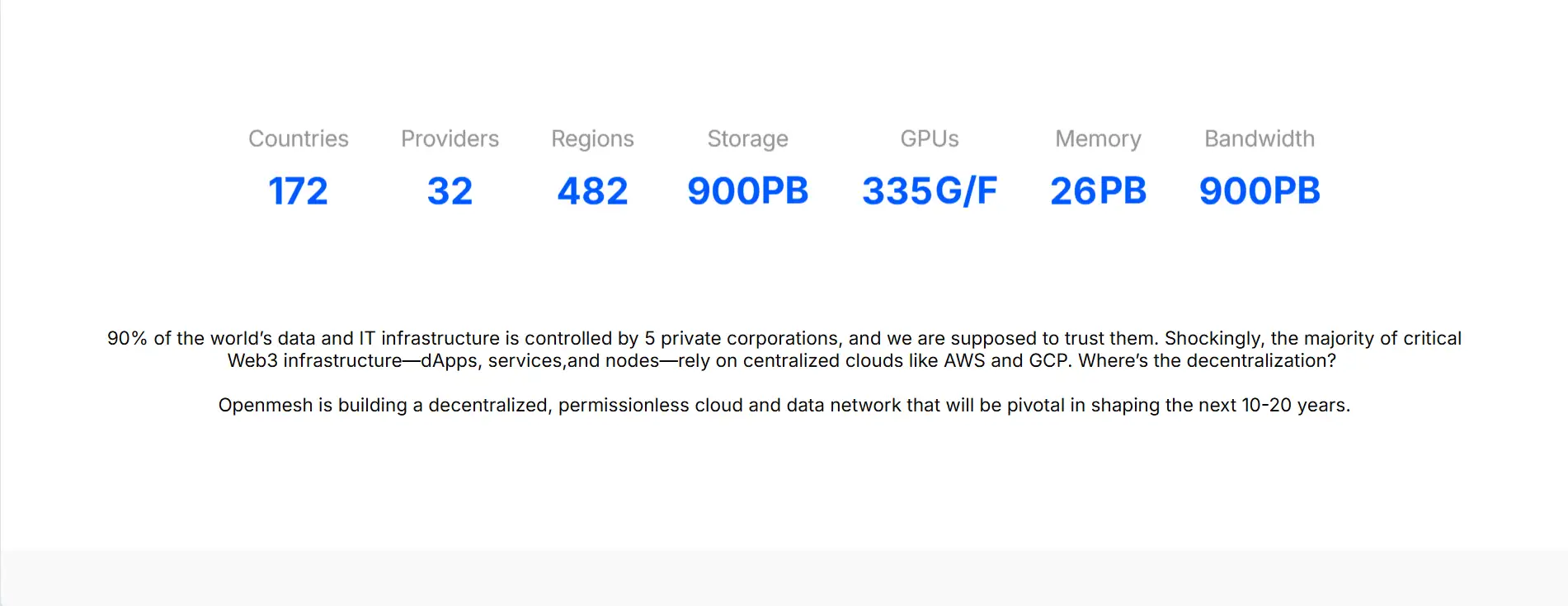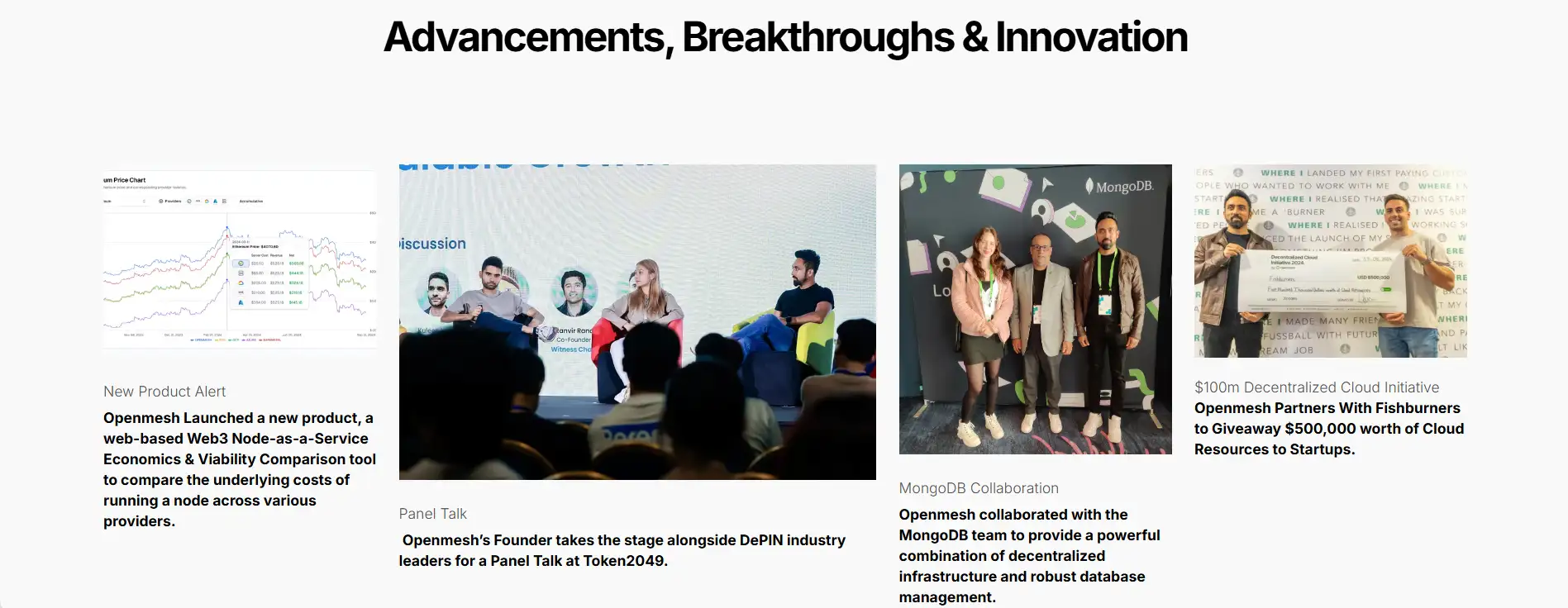About Openmesh Network
Openfort is an open-source, developer-first platform that simplifies wallet infrastructure and Web3 authentication for applications, games, and digital platforms. With a powerful set of SDKs and APIs, it allows any team to create embedded, non-custodial wallets and support seamless user onboarding without extensions, seed phrases, or blockchain expertise. Openfort transforms the traditional complexities of crypto wallet integration into a smooth, secure, and scalable experience.
By offering flexible modules for global wallets, embedded wallets, and backend wallet infrastructure, Openfort empowers developers to integrate smart accounts, manage transactions, and design branded wallet flows that feel native across devices. Whether you're building a Web3 game, a DeFi product, or a fintech application, Openfort helps teams scale without sacrificing user experience, security, or decentralization principles.
Openfort is redefining the way applications onboard users to Web3 by offering a comprehensive, modular, and secure wallet infrastructure designed to work with any chain, any authentication method, and any platform. Instead of forcing developers to choose between user-friendliness and decentralization, Openfort blends both into one seamless SDK-based platform. Its offerings include embedded wallets for invisible, in-app use, global wallets for multi-platform identity, and backend wallets for secure server-side automation.
The platform supports EVM and SVM chains and is fully compatible with smart account standards such as ERC-4337 and EIP-7702. These protocols enable advanced wallet functions like gasless transactions, session key management, and wallet abstraction—enhancing the user experience while maintaining ownership and security. Through a composable design, teams can plug in any auth provider (OAuth, Privy, Dynamic, WebAuthn), allowing true flexibility in onboarding and access control.
Developers can deploy using familiar stacks such as React, Unity, Node.js, and C#, making Openfort usable across web, mobile, and game environments. Key libraries like RainbowKit, Wagmi, Viem, and Ethers.js are natively supported. The modular UI system includes headless components that are fully brandable, enabling startups and enterprises to fully own their wallet UI/UX. With more than 130,000 users onboarded across 50+ projects, Openfort is already proving itself in the market.
Competitors in this space include Privy, which offers embedded wallet and identity management, and Dynamic, a white-label wallet connector solution. While both are strong offerings, Openfort stands out due to its fully open-source key management, gaming SDKs, support for advanced standards like ERC-7702, and infrastructure tools like webhooks, analytics, and transaction simulation. It’s especially valuable for projects needing invisible wallets and session key functionality.
Openfort provides numerous benefits and features that make it a leading platform in the Web3 wallet infrastructure landscape:
- Invisible Embedded Wallets: Users can onboard with no seed phrase, extension, or wallet app — ideal for games, DeFi, and consumer apps.
- Multi-Wallet, Cross-Chain Support: Openfort supports over 25 EVM and SVM networks, allowing users to manage multiple wallets across ecosystems.
- Modular Authentication: Compatible with OAuth, email, passkeys, Privy, Dynamic, SIWE, and more. Choose your auth strategy with full control.
- Backend Wallets: Ideal for automated game logic, minting, or DeFi operations. Offers programmable, server-side wallet creation and control.
- Branded Wallet Experience: Teams can fully customize their wallet UI using headless components or use the out-of-the-box, pre-built flows.
- Account Abstraction Built-In: Native support for ERC-4337 and ERC-7702 enables gas sponsorship, batched transactions, and more.
- Fast Deployment: Build production-ready wallets in under 15 minutes with developer-friendly SDKs for web, mobile, and game engines.
- High-Performance Infrastructure: Optimized RPC indexing, simulation tools, and webhook notifications ensure fast, reliable, and secure transactions.
Openfort makes it simple to integrate secure wallet infrastructure into your application:
- Visit the Official Website: Go to Openfort.io and explore product options such as Embedded Wallet, Global Wallet, and Backend Wallet.
- Sign Up and Start a Project: Click on “Start a Project” to register and access your API keys. No crypto knowledge is needed to begin.
-
Install the SDK: Use
npm install @openfort/openfort-sdkor explore SDKs for React, Node.js, Unity, C#, and other supported environments. - Implement Authentication: Choose from social login, email login, passkeys, or integrate with Privy, Dynamic, or any OIDC provider.
- Design Your Wallet UI: Use Openfort’s pre-built UI components or build your own with headless architecture.
- Deploy and Test: Use Openfort’s testing tools, transaction simulation, and webhook alerts to ensure smooth operation.
- Go Live and Scale: When ready, push to production and scale with Openfort’s high-performance RPC optimization and support for multi-wallet users.
Openmesh Network FAQ
The Xnode DVM (Decentralized Virtual Machine) allows users to own a slice of decentralized infrastructure using an NFT-based entitlement system. This means developers can deploy and manage their computing resources on the Openmesh Cloud for 12 months using a single NFT key. Users get complete control over compute power, memory, bandwidth, and can even transfer their infrastructure via NFT ownership. Learn more about DVMs here.
Openmesh offers one-click deployment via Xnode Studio, reducing setup time from weeks to minutes. Unlike traditional cloud providers like AWS, there are no license or setup fees, and users pay only for bare metal servers. This can lead to cost savings of up to 80%. Additionally, Openmesh enables users to bypass KYC processes by using Ethereum wallet-based authentication. Try deploying at Xnode Studio.
The Openmesh API forms a critical layer of the Openmesh Cloud architecture. It supports WebSocket streaming for real-time data, integrates with Pythia for analytics, and routes all data through decentralized infrastructure. The API’s Universal Data Collector (UDC) captures data, hashes it to IPFS, and submits it to the blockchain—making every interaction verifiable and immutable. View the API docs at Openmesh Docs.
In the Decentralized Service Mesh Protocol (DSMP), Service Mesh Workers are microservices deployed on Xnodes that can be discovered, consumed, and monitored by the network. These services operate on a P2P communication model, enabling true decentralization. Each service shares live metrics like uptime, performance, and subscription data via the Open Observability Protocol. The entire mesh is governed by Proof of Stake (PoS) and Proof of Resource (PoR) consensus mechanisms.
OpenR&D is a decentralized platform built by Openmesh to help developers, engineers, and DAOs collaborate on Web3 projects transparently. It provides real-time R&D updates, task lists, and transparent payment systems—all governed by DAO voting. By aligning incentives and promoting accountability, it solves key issues in open-source coordination. Learn more about OpenR&D here.
You Might Also Like












